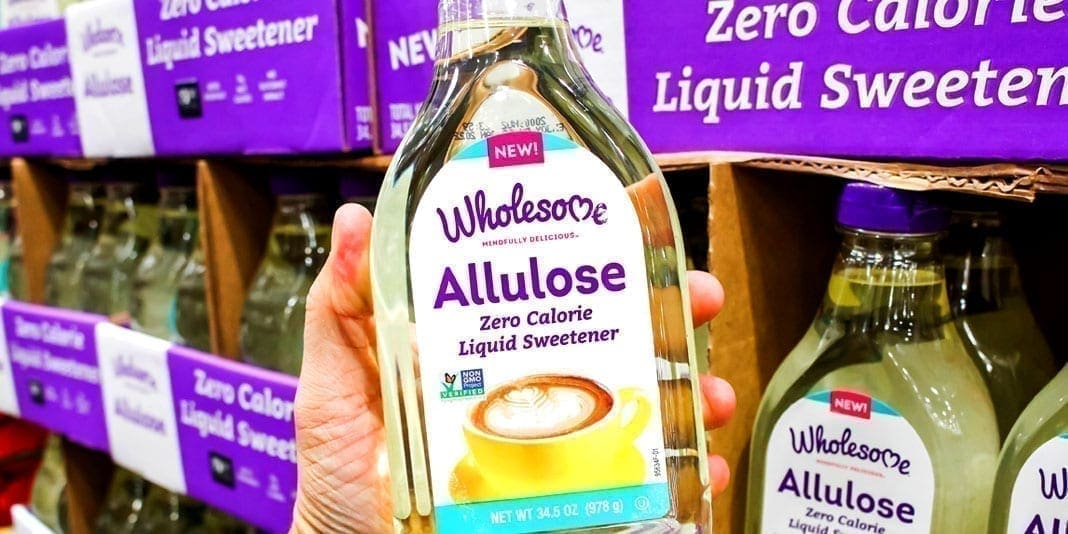We’re always searching for healthy alternatives and new products or ingredients, especially for high-sugar foods; or just sugar in general. Allulose is a low-calorie sweetener used as a sugar substitute favored by obese and diabetic people because of its low impact on blood sugar levels.
What is Allulose?
Allulose is actually a type of sugar resembling fructose – the naturally occurring sugar found in fruit. You can purchase it in a granulated form, and it looks exactly like standard sugar. Allulose is a low-calorie sweetener, and it has 70% of the sweetness of sucrose (sugar), consisting of the same bulk and mouth fill of traditional table sugar.
How Many Calories Are in Allulose?
FDA (the Food and Drug Administration) states that allulose provides approximately 0.4 calories per gram, which is a massive difference to sugar, which is four calories per gram. As the body absorbs allulose, it doesn’t metabolize it into glucose, making it nearly calorie-free. It also has barely any effect on insulin or blood glucose levels, making it an excellent option for people with diabetes.
How is Allulose Made?
Allulose can be found naturally in some foods such as brown sugar, maple syrup, and dried fruits, but it is also produced in laboratories by scientists. Allulose is often known by the following names:
- Psicose
- D-psicose
- D-allulose
- Psuedo fructose
How to Use Allulose
As allulose is not as sweet as sugar, when using it as a sugar replacement you may find you need to use a little more to achieve the same taste and amount of sweetness as you get from regular sugar. We can use allulose in bakery items such as pastries and cakes, non-alcoholic beverages, chewing gum, cereals, sweet sauces and syrups, and many other products. It can practically be used as a replacement for sugar in many foods and drinks.




































